

Articles
How To Bring Heavy Furniture Up Stairs
Modified: December 7, 2023
Learn helpful techniques and strategies for safely moving heavy furniture up stairs with these informative articles.
(Many of the links in this article redirect to a specific reviewed product. Your purchase of these products through affiliate links helps to generate commission for Storables.com, at no extra cost. Learn more)
Introduction
Bringing heavy furniture up stairs can be a daunting task. Whether you’re moving to a new home or simply rearranging your living space, maneuvering bulky and weighty furniture can pose a challenge. However, with careful planning, the right tools, and proper techniques, you can make the process much smoother and safer.
In this article, we will provide you with a step-by-step guide on how to bring heavy furniture up stairs effectively. By following these tips, you’ll be able to navigate staircases with ease and minimize the risk of damage to your furniture and your home.
Before attempting to move any furniture, it’s important to evaluate both the furniture itself and the staircase involved. Assessing the weight and dimensions of the furniture will help you determine if it can be safely brought up the stairs, while evaluating the staircase’s width, angle, and condition will ensure it can accommodate the furniture’s size and weight.
Once you’ve evaluated the furniture and staircase, clearing the path and preparing the furniture are essential steps. Remove any obstacles or tripping hazards along the way, and carefully disassemble any detachable parts of the furniture to make it more manageable to carry and navigate up the stairs.
Gathering the necessary tools and equipment is crucial to successfully moving heavy furniture. This includes moving straps, sliders, and protective padding. These tools will provide added stability and protection during the moving process, reducing the risk of injury and damage to the furniture or your home.
Utilizing proper lifting techniques is essential in order to minimize strain on your back and other muscles. Always remember to lift with your legs, keeping your back straight, and avoid twisting or jerking motions. Utilize the strength of your entire body to lift the furniture smoothly and efficiently.
Using moving straps and sliders can greatly facilitate the transportation of heavy furniture up stairs. Moving straps distribute the weight evenly across your body, making it easier to navigate the stairs without losing balance. Sliders, on the other hand, reduce friction between the furniture and the stairs, allowing for smoother and safer movement.
Lastly, once the furniture has been successfully brought up the stairs, it’s important to reassemble it carefully and securely. Follow the manufacturer’s instructions to ensure that all parts are put back together correctly, and make any necessary adjustments to ensure the furniture is stable and level.
By following these steps and utilizing the proper techniques and tools, you can navigate the challenge of bringing heavy furniture up stairs with confidence and ease. Remember to prioritize safety and take your time, ensuring that both you and the furniture remain undamaged throughout the process. Now, let’s dive into the details of each step to help you successfully complete this task.
Key Takeaways:
- Moving heavy furniture up stairs requires careful evaluation of the furniture and staircase, proper preparation, and the use of essential tools to ensure a safe and efficient process.
- Utilizing proper lifting techniques, moving straps, and sliders can greatly facilitate the transportation of heavy furniture up stairs, minimizing the risk of injury and damage to the furniture or your home.
Read more: How To Carry Something Heavy Up Stairs
Evaluating the Furniture and Staircase
Before you embark on the task of bringing heavy furniture up stairs, it’s crucial to evaluate both the furniture itself and the staircase you’ll be maneuvering it through. This assessment will help you determine if the furniture is suitable for the stairs and ensure a smooth and safe moving process.
Firstly, examine the dimensions and weight of the furniture. Measure its height, width, and depth to determine if it will fit through doorways and navigate the staircase. Consider the weight of the furniture as well, as excessively heavy items may not be suitable for certain staircases or may require additional assistance.
Next, assess the condition of the staircase. Check for any loose or damaged steps that could pose a hazard during the moving process. Ensure that the staircase is sturdy and able to support the weight of the furniture without any structural issues.
Take note of the width and inclination of the staircase. If the furniture is particularly wide or bulky, you may need to measure the width of the stairs to ensure there is enough space for it to pass through comfortably. Likewise, the angle of the staircase will determine how challenging it may be to navigate the furniture up the stairs.
If you have an especially tight or narrow staircase, consider alternate routes or methods for moving the furniture. This may involve removing a window or using a hoisting system to lift the furniture to an upper floor, if feasible.
Another important consideration is the presence of any obstacles along the staircase path. Clear away any items such as carpets, rugs, or decorative objects that could obstruct the movement of the furniture.
Lastly, evaluate the flooring material of the staircase. Carpeted stairs may provide better traction and reduce the risk of slipping during the moving process. If the stairs are made of hardwood or other slippery surfaces, you may need to take extra precautions to ensure stability and safety.
By thoroughly evaluating the furniture and staircase before attempting to move heavy items, you can anticipate any potential challenges or risks. This assessment will also help you determine if additional assistance or specialized equipment may be required to ensure a successful move. Taking the time to evaluate these factors ahead of time will save you both time and potential damage to the furniture or your home.
Clearing the Path and Preparing the Furniture
Once you have evaluated the furniture and staircase, the next step in bringing heavy furniture up stairs is to clear the path and properly prepare the furniture for the move. This involves removing any obstacles and disassembling the furniture to make it more manageable and easier to navigate through narrow spaces.
Start by clearing the path leading to the staircase. Remove any furniture, rugs, or other items that may obstruct the movement of the heavy furniture. This will create a clear and unobstructed path, reducing the risk of tripping or damaging the furniture as you maneuver it up the stairs.
If there are any doors along the path that are too narrow to accommodate the furniture’s dimensions, you may need to remove the door by unscrewing the hinges. This will provide additional space to navigate the furniture through the doorway and into the staircase area.
Next, disassemble any detachable parts of the furniture. Check the manufacturer’s instructions or consult online resources to guide you on the proper disassembly process. This may involve removing legs, cushions, or other components that can be easily reattached later.
Disassembling the furniture not only makes it lighter and more manageable to carry, but also reduces the risk of damage during the moving process. It allows you to maneuver the furniture through tight spaces and around corners more easily.
As you take apart the furniture, be sure to keep all the screws, bolts, and other small parts organized and safely stored. You can place them in a small bag or container and label them for easy reassembly later on.
Additionally, it’s a good idea to protect the furniture from potential scratches or dents during the moving process. Use blankets, moving blankets, or bubble wrap to cover and wrap the furniture, providing a layer of protection against any accidental bumps or scratches.
By clearing the path and preparing the furniture beforehand, you’ll ensure a smoother and more efficient moving process. Clearing the path eliminates any potential hazards or obstructions, while disassembling the furniture makes it easier to maneuver and reduces the risk of damage. Taking these steps will ultimately save time and effort in bringing the heavy furniture up the stairs.
Gathering Essential Tools and Equipment
When it comes to bringing heavy furniture up stairs, having the right tools and equipment can make all the difference. These essential items will not only make the process easier and safer but will also help protect both the furniture and your home from damage. Before you begin the moving process, gather the following tools and equipment:
- Moving straps: These adjustable straps are designed to distribute the weight of the furniture evenly across your body, allowing for easier lifting and maneuvering. They provide added stability and reduce the strain on your back and shoulders.
- Sliders: Furniture sliders are essential for navigating heavy furniture on the stairs. These smooth, flat plastic or metal disks minimize friction between the furniture and the stairs, making it easier to slide the furniture without causing damage to either surface.
- Moving blankets or padding: These protective materials serve as a cushioning layer between the furniture and any hard surfaces it may come into contact with during the move. They help prevent scratches, dents, and other damages to both the furniture and the staircase.
- Furniture dollies: If the furniture is extremely heavy or bulky, using a furniture dolly can significantly ease the moving process. A dolly with sturdy wheels allows you to roll and transport the furniture rather than carrying it manually.
- Measuring tape: A measuring tape is essential for assessing the dimensions of the furniture and determining if it will fit through doorways and staircases. It also helps you double-check the dimensions of any narrow spaces, ensuring a smooth and efficient move.
- Protective gloves: Heavy furniture can have sharp edges or rough surfaces that may cause injuries to your hands. Wearing protective gloves provides both grip and protection, reducing the risk of cuts or abrasions during the process.
- Tool set: Keep a basic tool set handy, including screwdrivers, wrenches, and pliers. These tools will be useful for any necessary disassembly or reassembly of furniture parts.
By gathering these essential tools and equipment, you’ll be well-prepared to tackle the task of bringing heavy furniture up stairs. They will not only make the process smoother and more efficient but will also provide the necessary protection for both your furniture and your home. Remember to use these tools in accordance with the manufacturer’s instructions and always prioritize safety when handling heavy objects.
Before attempting to bring heavy furniture up stairs, make sure to clear the path of any obstacles and use furniture sliders or moving straps to make the process easier and safer.
Utilizing Proper Lifting Techniques
When it comes to bringing heavy furniture up stairs, utilizing proper lifting techniques is crucial to ensure your safety and prevent strain or injury. By following these guidelines, you can minimize the risk of back pain or muscle strains and make the moving process more efficient:
- Warm up: Before you begin moving heavy furniture, it’s important to warm up your muscles. Perform some light stretching exercises to loosen up your muscles and increase blood flow. This will help prevent injuries and prepare your body for the physical exertion ahead.
- Use your legs, not your back: When lifting heavy furniture, always remember to bend your knees and use the strength of your legs, not your back. Squat down, maintain a straight back, and lift with your legs while keeping the object close to your body.
- Avoid twisting or jerking motions: To prevent injuries, avoid twisting or jerking motions while lifting or carrying heavy furniture up stairs. Instead, pivot your feet and use your whole body to smoothly maneuver the furniture in the desired direction.
- Take breaks when needed: Moving heavy furniture can be physically demanding. If you feel fatigued or strained, take frequent breaks to rest and recover. Pushing yourself beyond your limits can lead to injuries, so listen to your body and pace yourself accordingly.
- Ask for assistance: Some furniture items may be too heavy or cumbersome to move on your own. Don’t hesitate to ask for help from a friend or family member. Working together not only reduces the strain on your body but also increases the safety of the moving process.
- Communicate during the move: When lifting and carrying furniture with a partner, effective communication is essential. Use verbal cues or agreed-upon signals to coordinate your movements. This ensures smooth coordination and reduces the risk of accidents or dropping the furniture.
- Take small steps: When ascending or descending stairs, take small, controlled steps. This provides better stability and reduces the risk of tripping or losing balance during the moving process.
Remember, the goal is to prioritize your safety and prevent injuries while bringing heavy furniture up stairs. By utilizing proper lifting techniques and following these guidelines, you can protect your back and muscles, reduce strain, and make the moving process more manageable and efficient.
Read more: How To Move Furniture Up Stairs
Using Moving Straps and Sliders
When it comes to bringing heavy furniture up stairs, using specialized tools such as moving straps and sliders can greatly facilitate the process and make it safer. These tools provide added stability, reduce the risk of strain or injury, and help protect both the furniture and the staircase. Here’s how to use moving straps and sliders effectively:
Moving Straps:
- Place the moving straps under the furniture: Position the straps underneath the furniture, ensuring that they are securely attached and evenly distributed.
- Adjust the straps: Adjust the length of the straps to fit your body size and preference. Ensure that the straps are tight enough to provide support but not too tight that they restrict your movement.
- Lift and carry with the straps: Once the straps are properly positioned and adjusted, lift the furniture using your legs while keeping your back straight.
- Use your body to guide the furniture: As you navigate the stairs, use your body to guide and support the furniture. Maintain a steady pace and keep communication with any assisting individuals.
Sliders:
- Prepare the staircase: Before using sliders, ensure that the staircase is clear of any debris or obstacles that may hinder the sliding process.
- Place the sliders: Position the sliders underneath the furniture legs, ensuring that they make full contact with the stairs.
- Test the sliders: Gently push the furniture to ensure it slides smoothly without any resistance or difficulties. Adjust the position of the sliders if needed.
- Synchronize movements: When using sliders, it’s important to coordinate your movements with any assisting individuals. Move in unison to maintain control and prevent accidents.
Both moving straps and sliders offer significant advantages when it comes to moving heavy furniture up stairs. Moving straps help distribute the weight more evenly across your body, reducing the strain on your back and shoulders. Sliders, on the other hand, reduce friction between the furniture and the stairs, making it easier to slide the furniture without causing damage to either surface.
Remember to always follow the manufacturer’s instructions when using moving straps and sliders. Each tool may have slight variations in usage, so it’s important to familiarize yourself with the specific guidelines provided. By utilizing these tools properly, you can make the moving process more efficient, safer, and less strenuous.
Reassembling the Furniture
After successfully bringing heavy furniture up stairs, the final step is to reassemble the furniture in its desired location. This process ensures that all parts are securely attached, the furniture is stable, and it is ready for immediate use. Here’s a step-by-step guide to reassembling the furniture:
- Refer to the manufacturer’s instructions: Before attempting to reassemble the furniture, consult the manufacturer’s instructions or any assembly guides that came with the furniture. This will provide you with the specific steps and order of assembly.
- Organize the hardware: Gather all the screws, bolts, and other small parts that were removed during the disassembly process. Ensure that they are organized and easily accessible.
- Inspect the furniture parts: Before reassembling, inspect each part of the furniture to ensure they are in good condition. Look for any damage or wear that may require repairs or replacement.
- Start with the largest pieces: Begin by assembling the largest and most essential parts of the furniture. Follow the instructions and use the appropriate hardware to secure these pieces together.
- Attach smaller components: Once the main structure is assembled, move on to attaching the smaller components such as legs, arms, cushions, or other detachable parts. Use the provided hardware and follow the instructions closely.
- Check for stability: After each part is attached, gently test the stability of the furniture. Check for any wobbling or instability. If necessary, make adjustments or tighten screws to ensure the furniture is sturdy.
- Double-check each assembly step: Before considering the furniture fully reassembled, go through each assembly step again to ensure that everything is in its proper place and attached securely.
By following these steps, you can reassemble the furniture with ease and confidence. Taking the time to carefully follow the instructions and check for stability will ensure that the furniture is ready for use in its new location.
If you encounter any difficulties or have misplaced any hardware during the disassembly process, consult the manufacturer or seek professional assistance. It’s important not to force any parts together or make modifications that may compromise the structural integrity of the furniture.
By properly reassembling the furniture, you can enjoy your newly moved and set-up space, knowing that the furniture is secure, stable, and ready to be enjoyed.
Conclusion
Bringing heavy furniture up stairs may initially seem like a challenging and daunting task, but with proper planning, technique, and the right tools, it can be a manageable and successful process. By following the steps outlined in this article, you can navigate stairs with ease and minimize the risk of damage to your furniture or your home.
First and foremost, it’s essential to evaluate both the furniture and the staircase to ensure they are compatible. Consider the dimensions, weight, and condition of the furniture, as well as the width, inclination, and potential obstacles of the staircase. Clearing the path and preparing the furniture by removing obstacles and disassembling relevant parts will make the process smoother and safer.
Additionally, gathering the essential tools and equipment, such as moving straps, sliders, and protective padding, will provide added stability and protection during the moving process. Using proper lifting techniques, such as lifting with your legs and avoiding twisting motions, will minimize the risk of strain or injury.
Using moving straps and sliders can greatly facilitate the transportation of heavy furniture up stairs, by evenly distributing weight and reducing friction. Finally, reassembling the furniture correctly and securely ensures its stability and readiness for use in its new location.
Throughout the entire process, it’s important to prioritize safety, take breaks when needed, and seek assistance when required. Listen to your body and be cautious of any signs of fatigue or strain.
In conclusion, bringing heavy furniture up stairs is a task that requires planning, technique, and the right tools. By following the steps and guidelines provided in this article, you can successfully navigate staircases, protect your furniture, and ensure a safe and efficient moving process. Remember to take your time, prioritize safety, and seek assistance when necessary. With careful preparation and execution, you can confidently move heavy furniture up stairs and transform your living space to your desired arrangement.
Frequently Asked Questions about How To Bring Heavy Furniture Up Stairs
Was this page helpful?
At Storables.com, we guarantee accurate and reliable information. Our content, validated by Expert Board Contributors, is crafted following stringent Editorial Policies. We're committed to providing you with well-researched, expert-backed insights for all your informational needs.
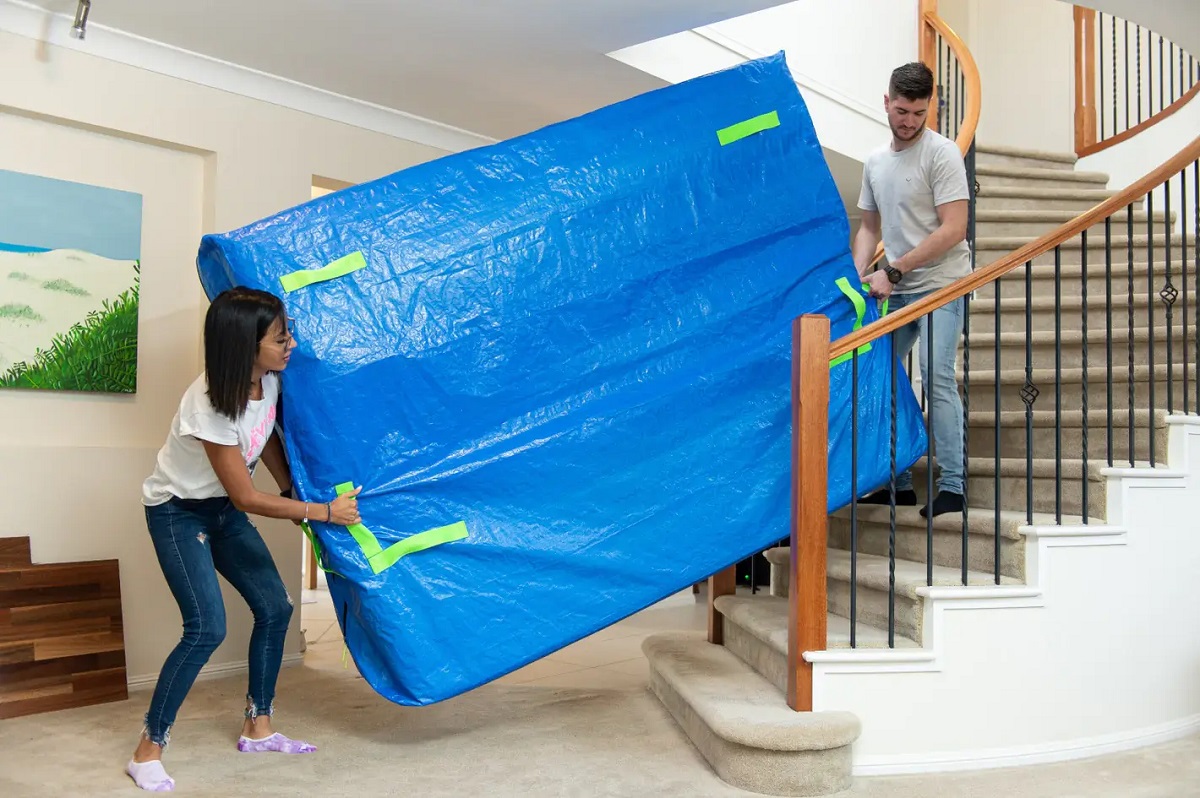

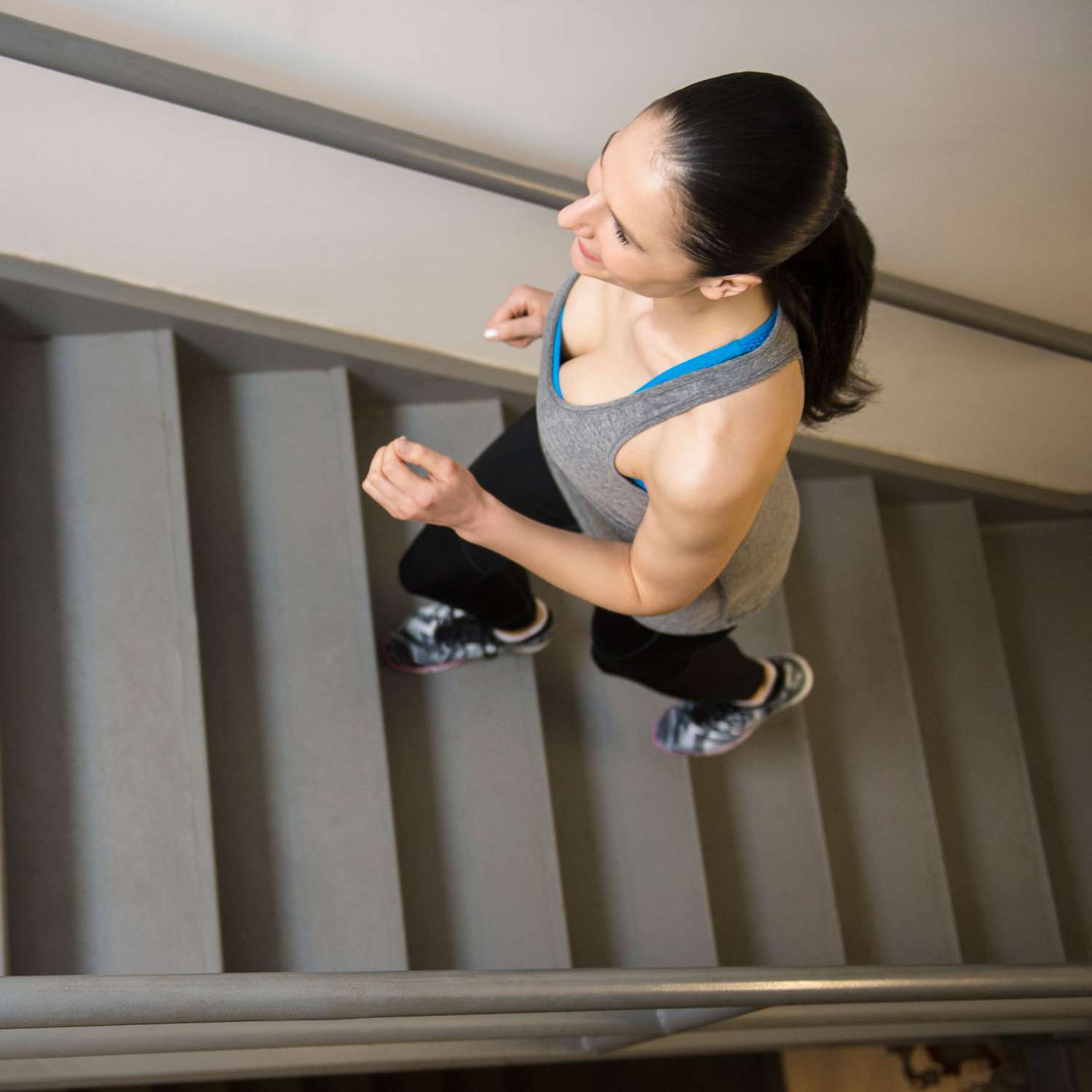
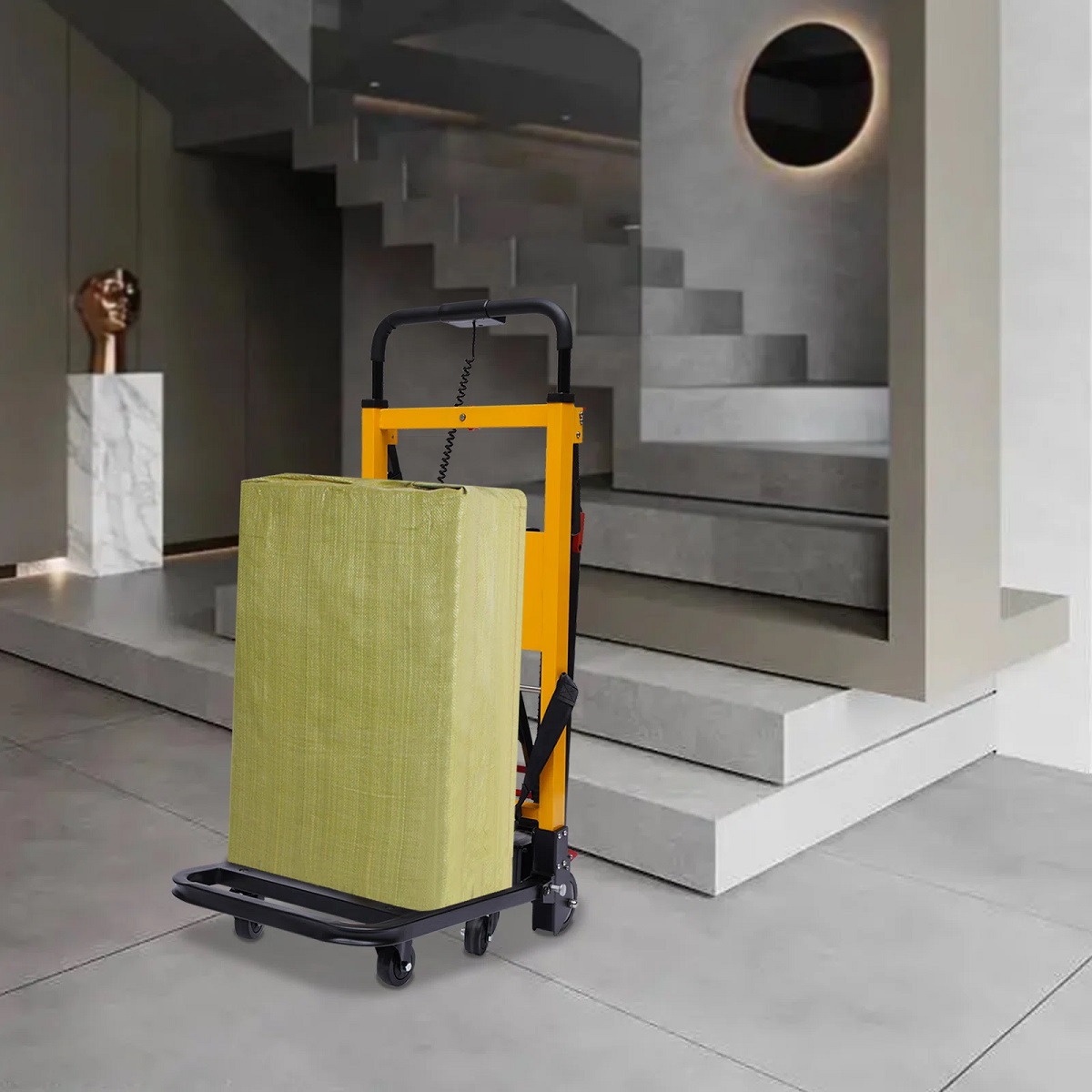
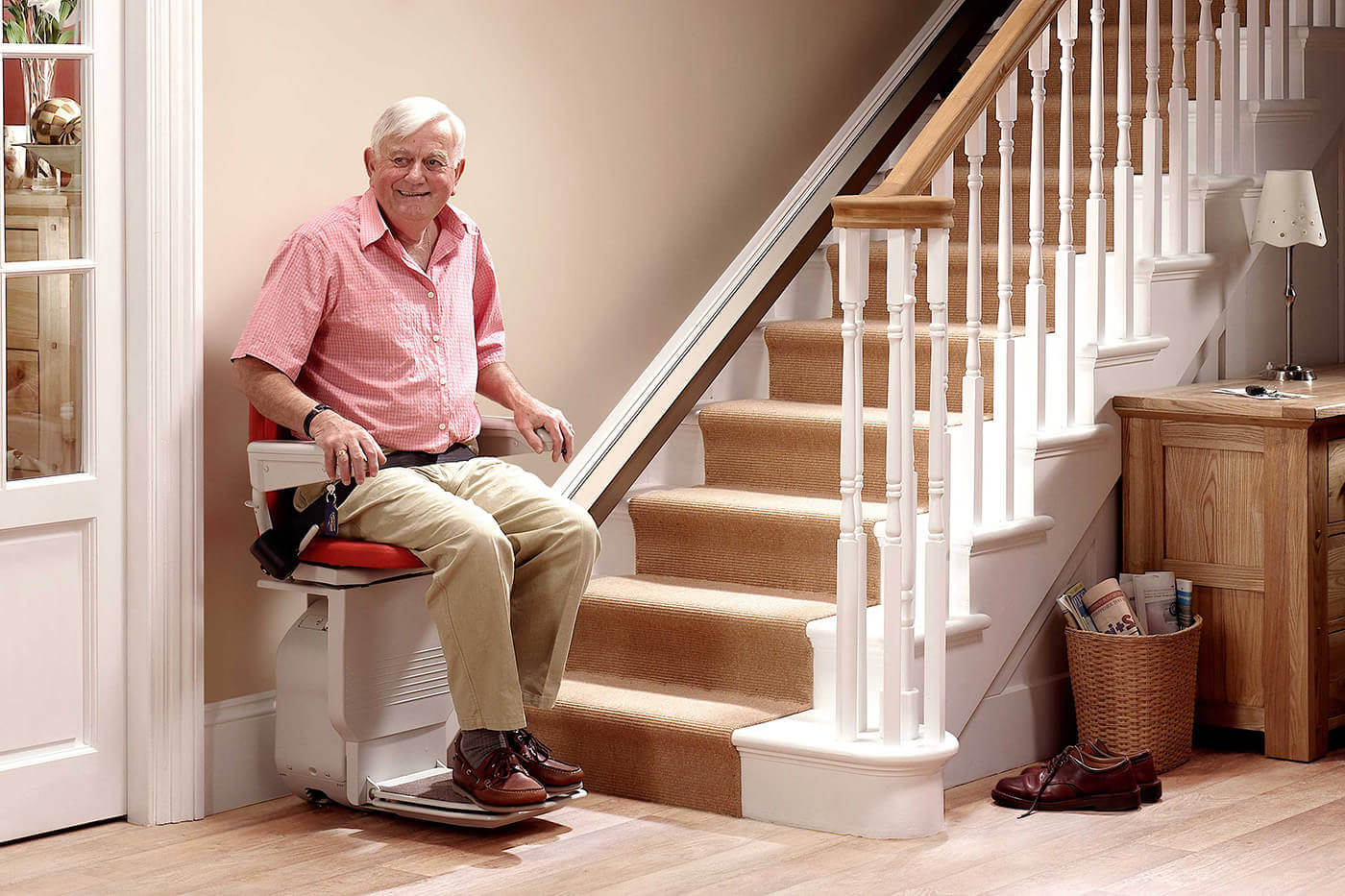
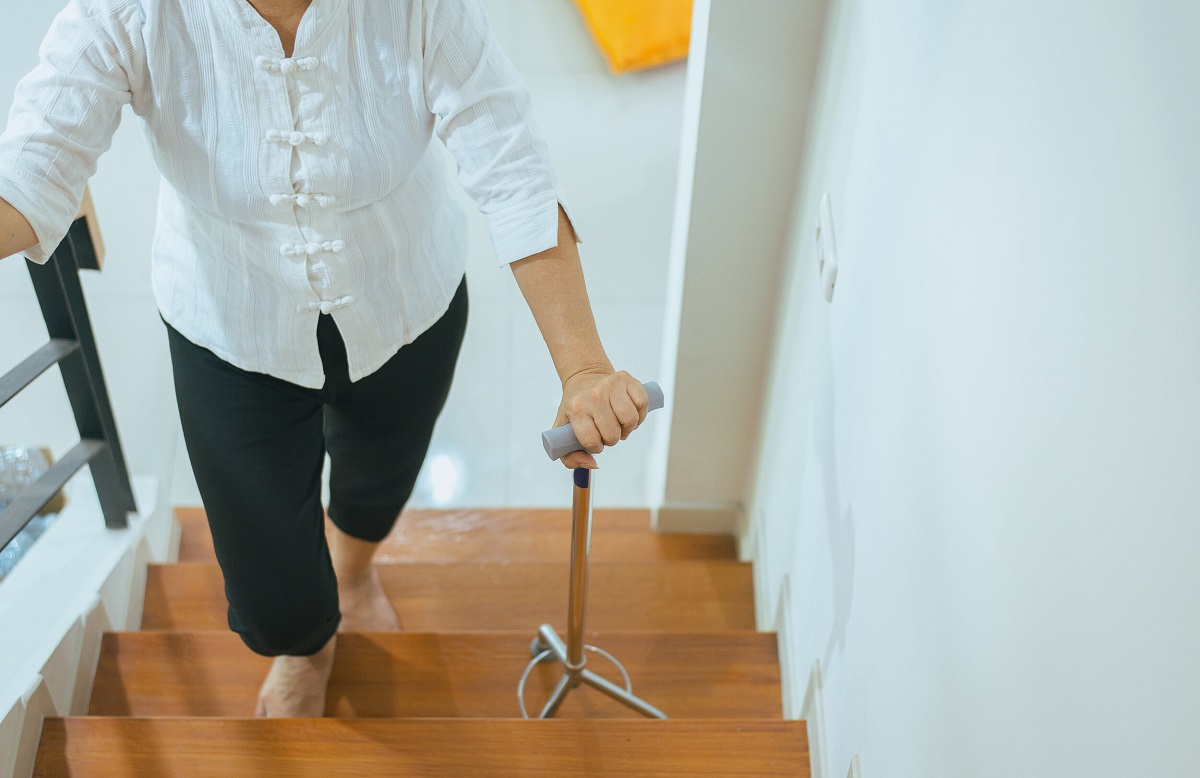
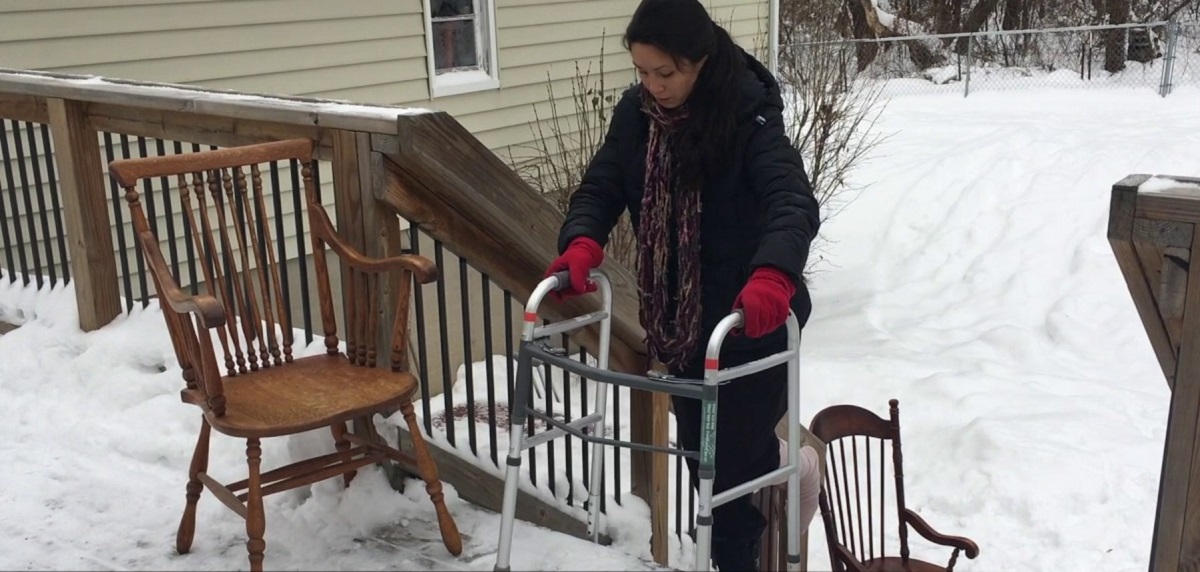



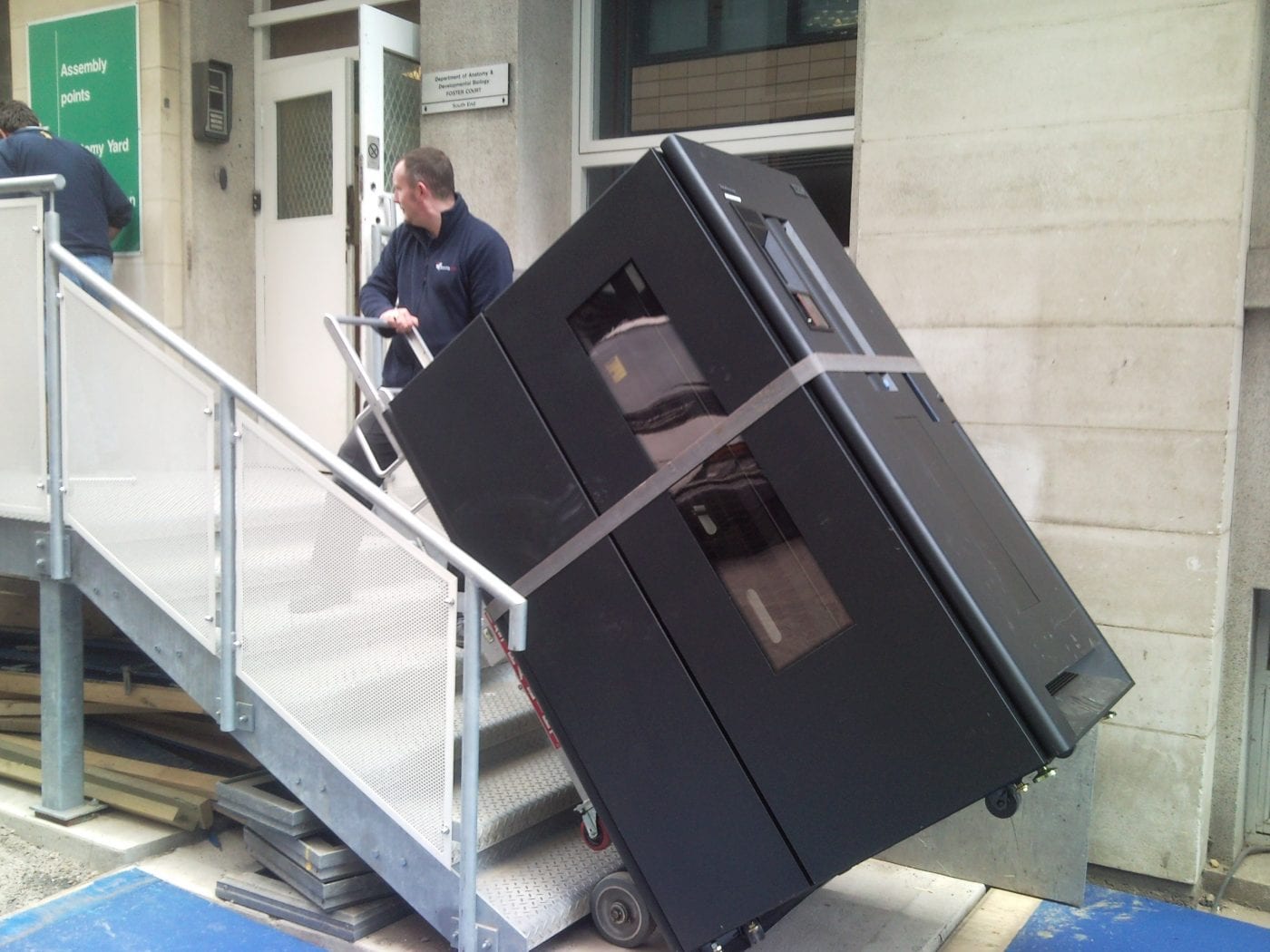




0 thoughts on “How To Bring Heavy Furniture Up Stairs”